What Is That Chemical in Brand New Sponges?
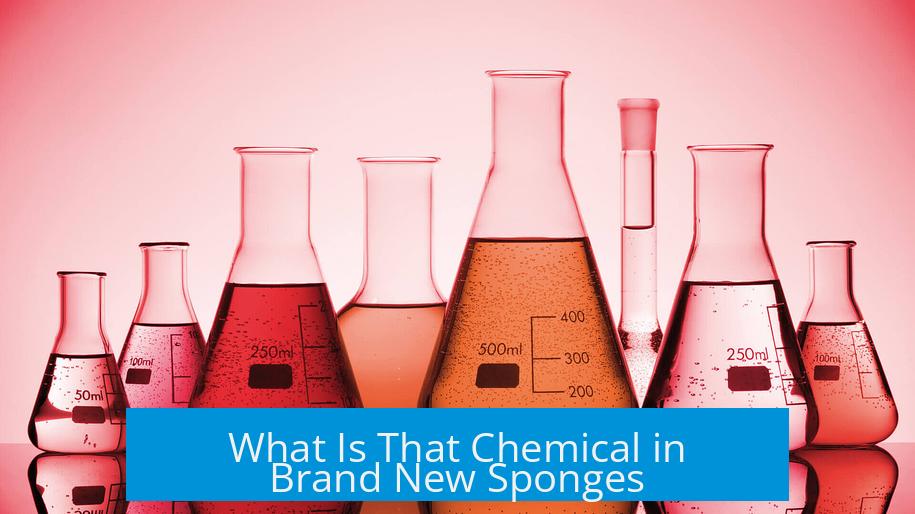
The main chemical in many brand new sponges is melamine. This compound forms the key material in melamine sponges commonly used in kitchens and for cleaning tasks. Melamine offers unique physical characteristics that make these sponges effective for scrubbing and cleaning.
Material Composition and Production Process
Melamine starts as a liquid resin. During production, a blowing agent releases gas into the liquid resin, causing it to expand into a foam-like, porous structure. This process creates the light, soft, and highly porous form of melamine sponge material.
Once the foam dries, it becomes mostly a solid block. However, some tiny fragments curl and loosely remain attached to the surface. The large foam blocks are then sliced into smaller sponge pieces using a hot wire, resembling cutting cheese with a wire. This cutting process generates microscopic melamine dust particles.
Physical Characteristics of Melamine Sponge Particles
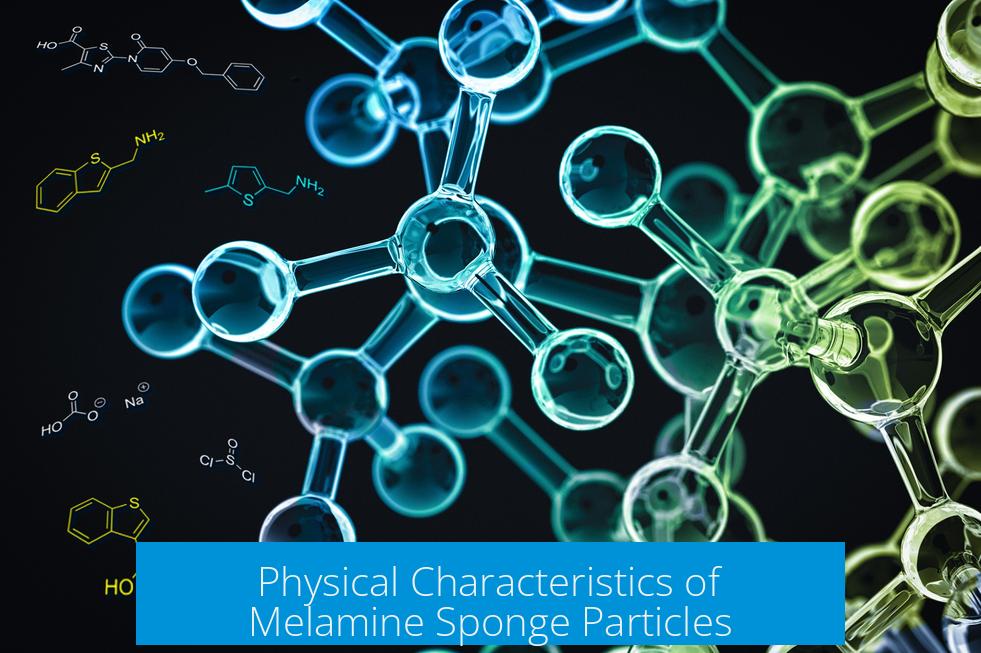
The microscopic melamine particles act like minute solid ball bearings. When they adhere to fingers, rubbing them together creates a slipping sensation. This effect is due to the particles reducing friction on the skin.
A similar phenomenon is observable when touching plaster walls or chalkboards, where tiny solid fragments stick to the skin and provide a dry lubricating feeling. These micro-sized particles in melamine sponges provide an analogous tactile experience.
Limitations of Melamine in Sponges
Melamine is a non-regenerative solid. Once the sponge wears out, it cannot be restored by reabsorbing liquid melamine or any similar chemical. Users must replace the sponge when it becomes less effective.
| Aspect | Details |
|---|---|
| Main Chemical | Melamine |
| Form in Sponge | Foam-like porous solid block with tiny surface fragments |
| Production Method | Liquid resin expanded by blowing agent gas, cut by hot wire |
| Particle Characteristics | Micro-sized solid particles act as dry lubricants |
| Regeneration | Non-regenerative; disposable after wear |
Key Takeaways
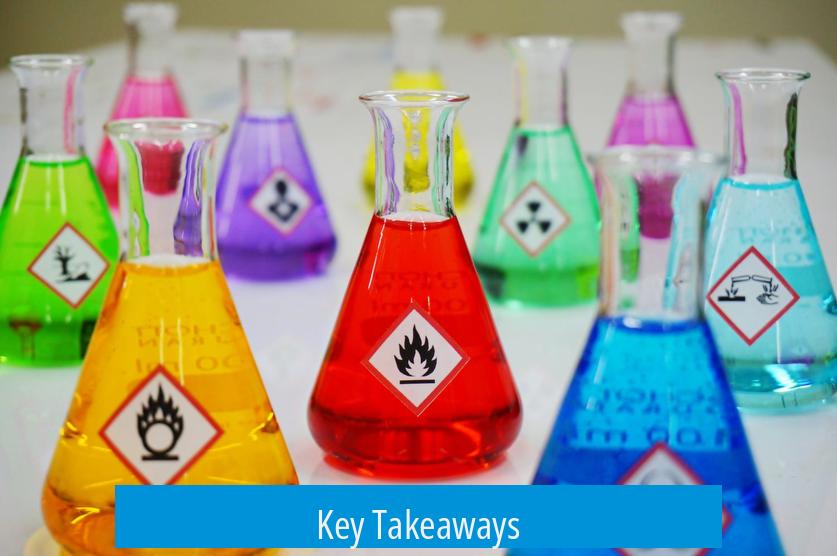
- Melamine is the principal chemical in many new sponges.
- It forms a porous foam by gas expansion of liquid resin.
- Cutting generates microscopic melamine dust particles.
- These particles act like tiny ball bearings, reducing friction.
- Melamine sponges cannot be regenerated; replacement is necessary.
What Is That Chemical in Brand New Sponges? Exploring Melamine Magic!
Ever grabbed a fresh kitchen sponge and wondered, what’s the chemical wizardry behind this cleaning tool? Spoiler alert: it’s mostly melamine. That’s right! Brand new sponges, especially the popular white foam type often called “magic erasers,” owe their scrubbing power to a nifty chemical called melamine. Let’s unwrap that mystery like a freshly unboxed sponge.
Melamine isn’t some exotic potion—it’s actually a resin, a kind of chemical compound used in manufacturing all sorts of stuff, from laminates to plastics. But in sponges, this chemical gets a special spin.
From Liquid Resin to Porous Powerhouse
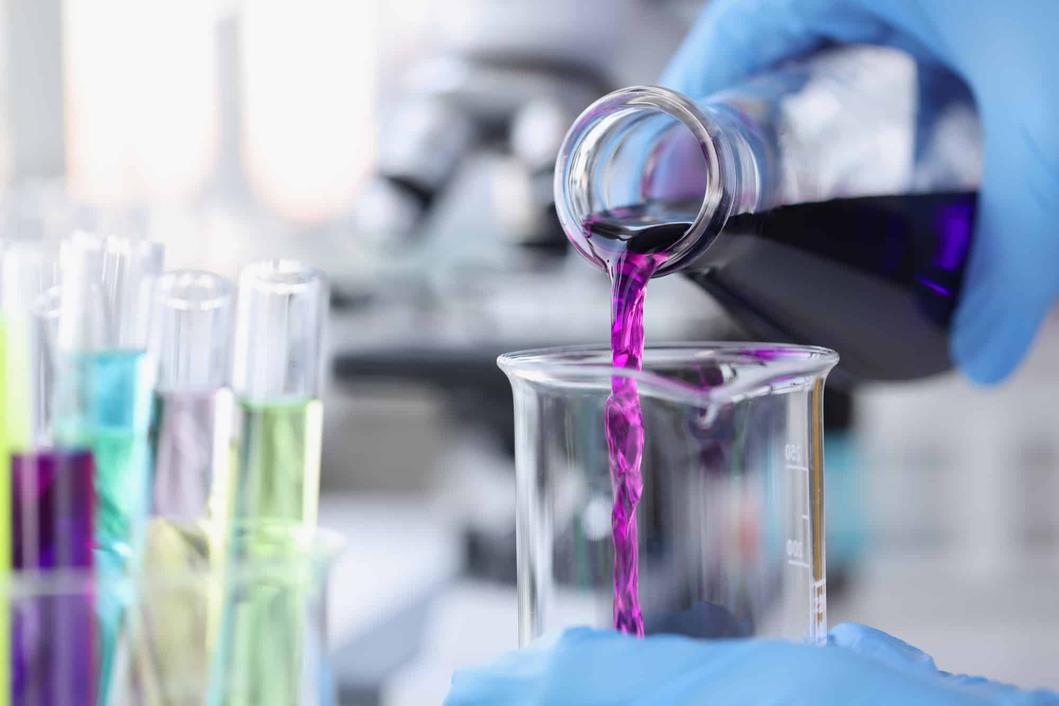
The journey begins with melamine in liquid form. Manufacturers mix it up as a resin and then pump gas—the blowing agent—right into it. This isn’t a scene from a soda factory. The gas creates bubbles inside the melting liquid, making the melamine foam up and turn porous. Think of it as a giant block of airy, chemically whipped gelatin.
Why this foamy form? Because the sponge’s magic lies in its tiny holes and network of fine strands, which scrub without harsh chemicals. That gas-puffed resin then solidifies, but here’s a twist: it doesn’t dry completely smooth. Little melamine fragments, kind of like microscopic dandruff, curl up and cling loosely to the sponge’s surface.
Cutting Giant Foam Blocks into Handy Sponges
Once the giant “car-sized” melamine block is ready, it’s cut down to regular sponge size using a hot wire. Imagine slicing a huge block of cheese with a cheese wire but hotter and sparking. This cutting process isn’t exactly tidy; it creates tiny melamine dust particles. These microscopic bits sprinkle over the sponge surface and stick to everything, including your fingers.
Microscopic Ball Bearings? Yes, Please!
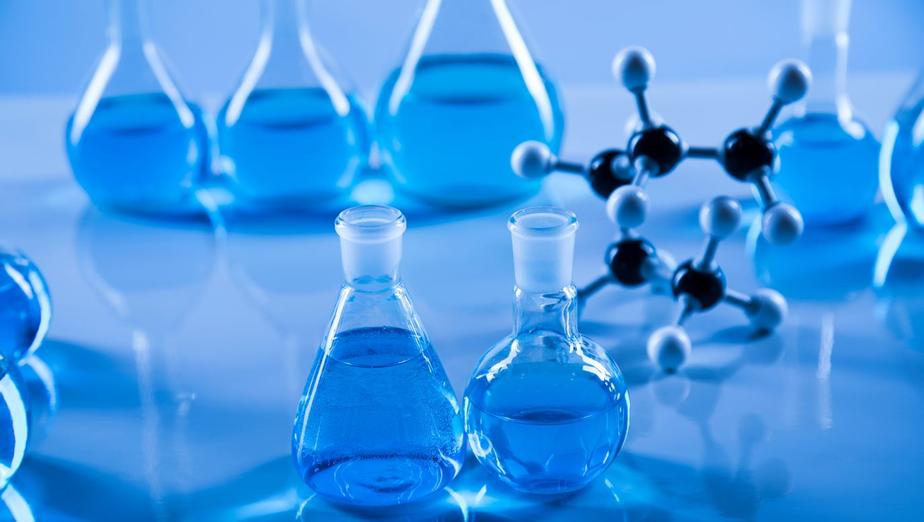
Here’s the fascinating part. Those micro-sized melamine dust particles act kind of like tiny ball bearings. Rub your fingers together after handling a fresh melamine sponge, and you’ll notice an odd, slippery feeling. It’s actually the micro particles slipping and sliding between your skin cells and each other, reducing friction. You could say your fingers are having a slick dance party.
Sound familiar? It should! The same slipperiness happens when you wipe chalkboard dust or plaster dust off your hands. Those also have tiny solid particles that mimic dry lubricants. So, melamine dust isn’t just a byproduct; it adds to the sponge’s unique tactile experience.
Why Can’t You “Refill” Melamine Sponges?
Unlike sponges you might soak in water and some cleaner to reuse, melamine sponges don’t work that way. They’re solid blocks. You can’t dip them in melamine liquid replica to recharge their scrubbing power. As melamine is chemically solid and rigid, worn-out sponges can’t regenerate or heal themselves by soaking.
So, when your melamine sponge gets tired, crumbly, or just plain tired-looking, toss it away and grab a fresh one. Trying to resuscitate it with melamine won’t work—it’s not a rechargeable battery!
Why Melamine Sponges Are a Game Changer
Melamine’s unique foam structure acts like an ultra-fine sandpaper at the microscopic level. It scrubs grime and stains away effortlessly without harsh chemicals. That’s why they earn the nickname “magic erasers.” The tiny particles in the foam literally break dirt apart at a microscopic scale.
But remember, this also means they wear down with use, like erasers on a pencil. That crumbly melamine dust you notice is a sign the sponge is doing its job diligently.
Expert Tips for Melamine Sponge Users
- Use Dry or Slightly Damp: Melamine sponges work best when slightly damp. Too wet, and you lose some scrubbing power; too dry, and they can wear out fast.
- Don’t Overwork It: Avoid scrubbing rough surfaces too aggressively—melamine can scratch sensitive materials like glossy paint or delicate plastics.
- Replace Often: Melamine sponges can’t recharge, so switch them out regularly to avoid ineffective scrubbing or leaving those tiny melamine dust bits behind.
A Little Science Goes a Long Way in Your Sink
When you next clean stubborn stains from your countertops or shoes, think about that solid melamine foam block you’re wielding. It’s not just some random plastic; it’s a clever chemical creation sculpted through gas expansion and hot wire slicing, brimming with microscopic solid particles that slide across your fingers.
So the next time you wonder, “What’s *that* chemical in brand new sponges?”, just remember: it’s the solid foam form of melamine, designed to party with dirt and grime like no other material.
Ready to dive deeper into everyday science? Just look around your house. You’ll find fascinating chemistry hiding in the most mundane places—like your kitchen sponge!
What is the main chemical used in brand new kitchen sponges?
Most brand new kitchen sponges contain melamine as their main chemical. It’s the primary material forming the sponge’s structure.
How is melamine turned into a sponge material?
Melamine starts as a liquid resin. A gas is pumped through it, creating a porous, foam-like solid that becomes the sponge.
Why do new sponges feel slippery when rubbed between fingers?
Microscopic melamine particles act like tiny ball bearings on your skin, creating a slippery sensation when you rub your fingers together.
Does the sponge material regenerate if wetted with melamine again?
No. Melamine is solid and cannot rebuild the sponge by soaking. Once worn, the sponge should be discarded.
Why is there fine dust around new sponge edges?
Cutting large melamine foam blocks into smaller sponges produces micro-sized dust particles that cling loosely to the sponge’s surface.


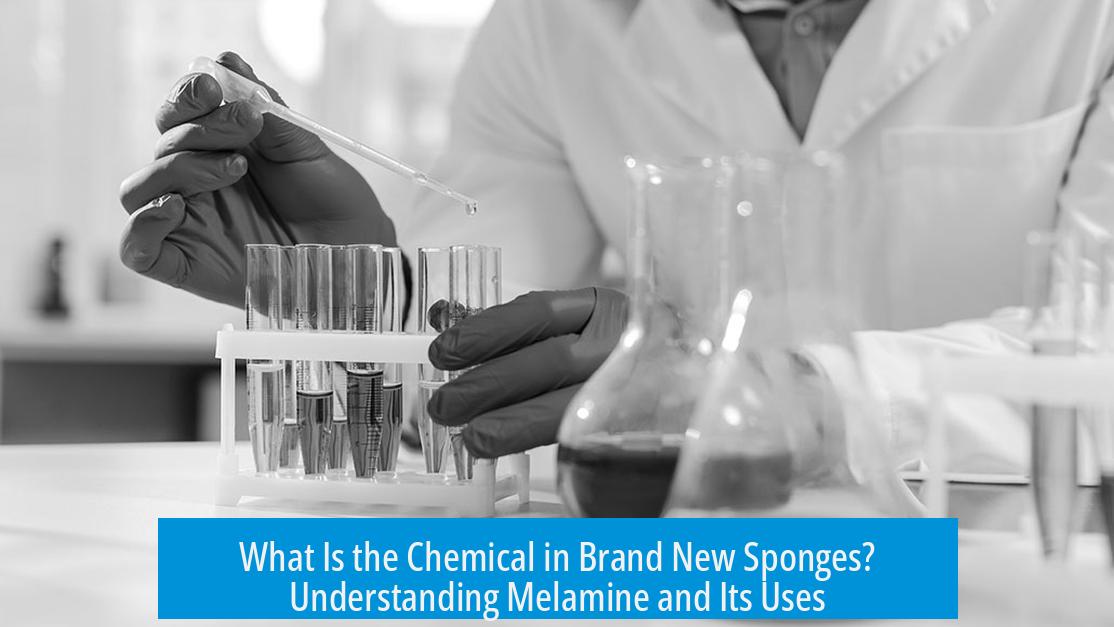


Leave a Comment